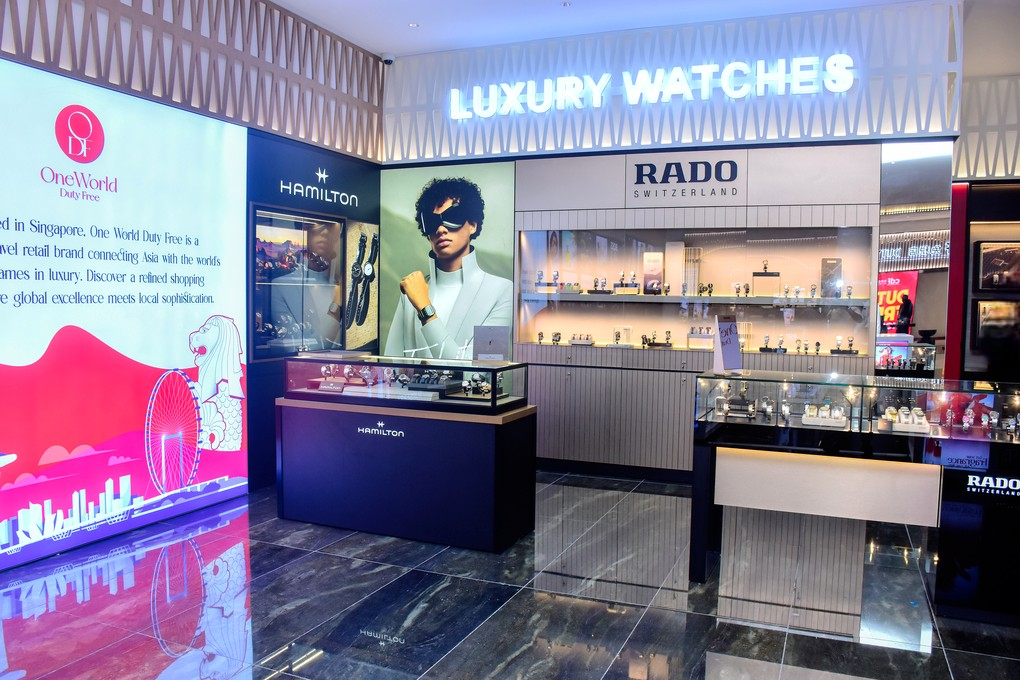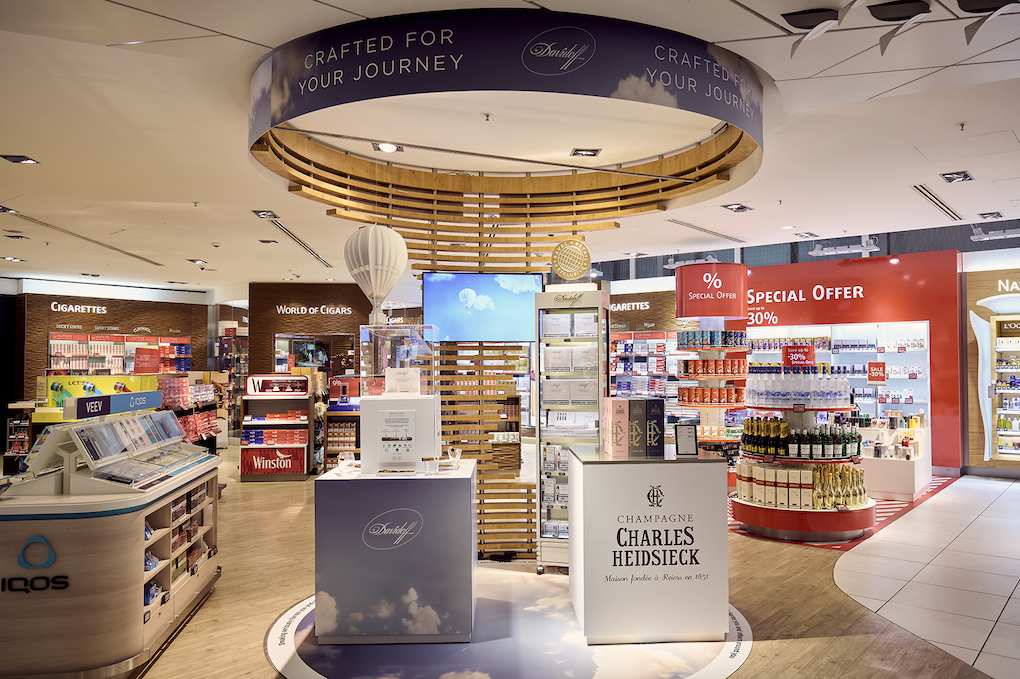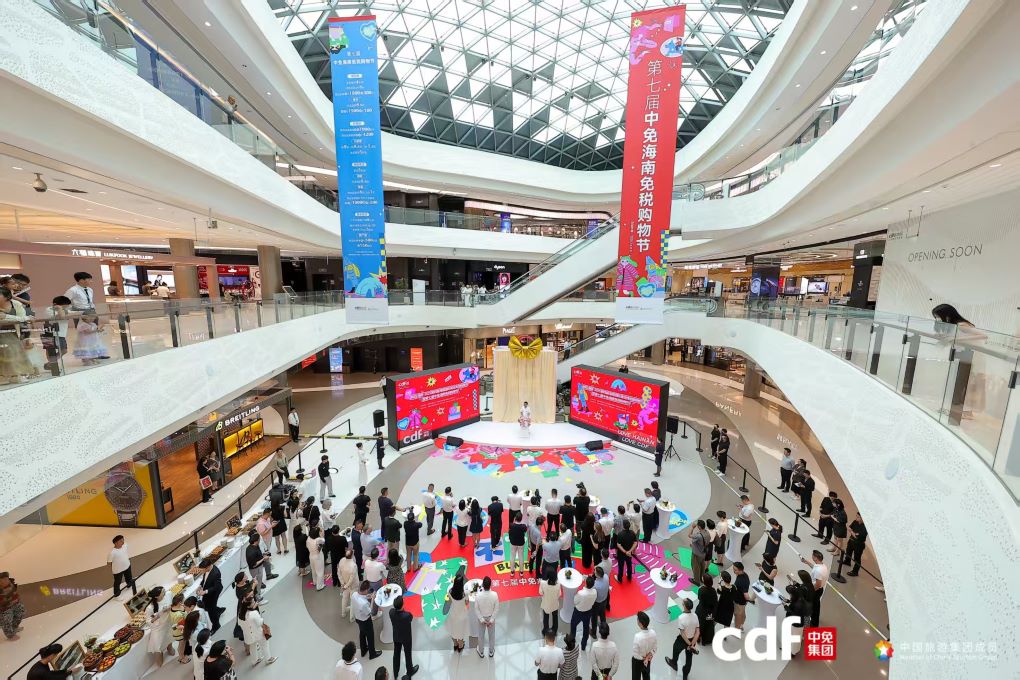MACAU. Visitor arrivals to Macau grew 25.6% year-on-year to almost 3.4 million in May with same-day visitors (up 43%) and mainland Chinese visitors (up 30%) accounting for a significant amount of the growth.

In a demonstration of strength for the special administrative region and duty free destination, accumulated visitor arrivals to Macau grew 21% year-on-year for the first five months of the year, in part thanks to increasing interest in the new Hong Kong-Zhuhai-Macau Bridge as a tourist attraction.
Furthermore, Macau has continued to benefit from offshoots of the Greater Bay Area initiative that sees strengthened cooperation and connection between Mainland China, Hong Kong and Macau.

The Hong Kong-Zhuhai-Macau Bridge opened in October 2018 and has continued to draw an increasing number of visitors, with 517,060 crossings for May 2019. This represents 15% of total arrivals into Macau and has taken its share mainly from arrivals by sea, which declined 39% year-on-year in May 2019 and has seen its share of total arrivals declining from 33% in May 2018 to 16% in May 2019.

The Greater Bay Area development agreement signed in July 2017 is a multi-year project that pledges to develop the region with enhanced integration and cooperation. Developing infrastructure and access between Mainland China, Hong Kong and Macau lays at the core of the agreement and the Hong Kong-Zhuhai-Macau Bridge, along with the early signs of increasing visitor arrivals to Macau, displays the positive benefits that can be reaped from the government-led initiative.
The improved access and deregulation between Macau, Hong Kong and China should continue to see Macau gain from having better access to the 70 million people that reside within the Greater Bay Area. An announcement from Beijing in February 2018 earmarked developments to continue until 2035, with investments continuing from government-led funding.

The Greater Bay Area development agreement has seen high-speed railway and improved road networks linking the heavily populated Guangdong area to Macau. The early signs indicate that the inflow of arrivals to Macau are less focused on casinos and gaming and instead focused on visiting the island for other leisure purposes.
The island’s casinos have also been negatively impacted by weakened sentiment as a result of negative external factors, such as the ongoing trade war between China and the USA. Gross gaming revenue in the past displayed a strong correlation with inbound arrivals but, since the beginning of the year, the two have begun to diverge with inbound arrivals accelerating and gross gaming revenue weakening. Indeed, gross gaming revenue for the first five months of 2019 is down 2% year-on-year.

Channel checks suggest spending and traffic remain weak, but the casino industry in Macau has higher hopes for mass visitors with inbound arrivals set to grow structurally in the long term. Improved infrastructure that allows for better access into Macau from Mainland China should see the island’s casino and gaming industry benefit from increasing travel penetration into Macau and build up of new casino players instead of relying on a small pool of high-spending tourists.













